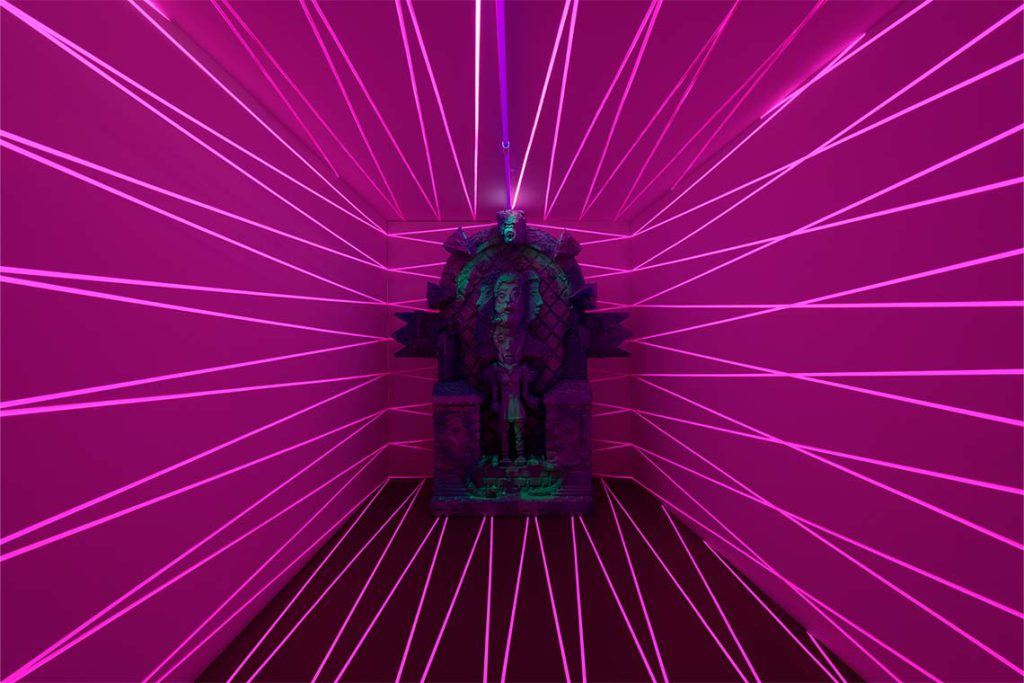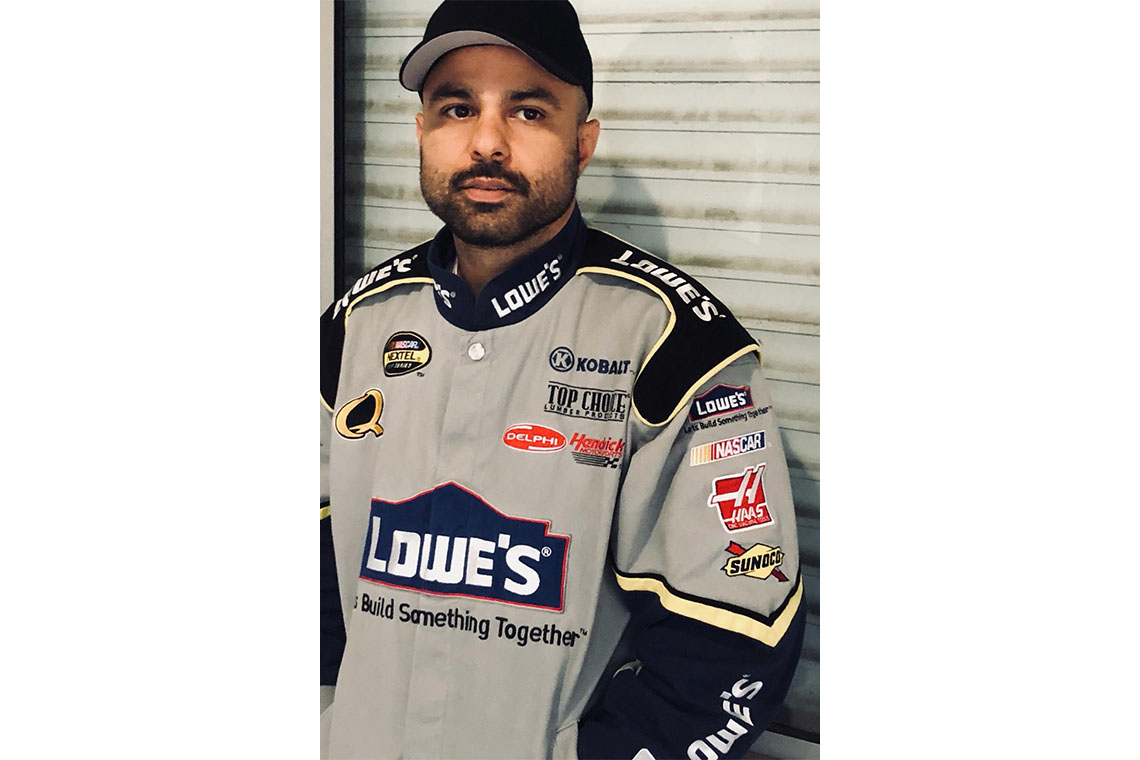The artist discusses the space where his art lives, between the virtual and the real, and how it poses questions around our very existence.
Canvas: What attracts you to the relationship between technology and art?
Mamali Shafahi: I’ve always been fascinated by how new technologies are impacting our lives. I wanted to make a bridge between reality and the virtual world, and address how our perception is changing with the developments in technology. For example, I often use UV light in my installations and then I change them by alternating with the gallery lights or natural light. Altering how the installation is illuminated also creates changes in our perception; when we are looking at the same object in different lighting situations, the object itself changes.
What influenced you to use the medium of VR, AI and other digital means?
As an artist, to be in the first generation of the medium is very exciting. When I was studying at art school a few of my teachers from New York were part of the first generation of video art. I always envied them – imagine how cool it would be to be among the pioneers of a medium, people like Bill Viola and Nam June Paik.
Beyond your installations and sculptures, you are also a filmmaker.
I made a film called Nature Morte (2014–17), starring my parents, and in the second episode they started to become more cyber, as digital characters. The idea behind the film was to highlight how much even the idea of life has changed in this century. For example, now a kid’s idea of a “still life” image would be something virtual, rather than an apple or a pot, but for my generation when we talk about still life, we think of something like a painting by Matisse or Cézanne. This gap between virtual and reality is having an impact on our daily lives.

What is the process of going from video to creating immersive installations and 3D sculptures?
At the beginning it was almost a parallel practice. I wanted to be free in what I created, rather than have people interested because of the medium I used. I’ve been working for more than 20 years now and I can see the links. There’s this duality in my work, but it’s all related and working in virtual I can add as much of my reality as I want. I still remember my first experience with Jon Rafman’s installation at Frieze London in 2016; when you wore the headset, people were floating from the sky, and then when you took it off, they were having champagne in an art fair.
I also think about how we’ve become disconnected from tradition and mythology because these are taught as things of the past. My work looks into this issue and not only at Persian traditions but also those from India, China and Mexico. Whenever I travel, I go to the local anthropology museum, I research rituals, and I try to understand not only the ideas of the past but also those looking towards the future. We live in a very interesting time because of the acceleration of information. We digest masses of information and we don’t have time to think about the past. Thinking should not be one- directional, because if we are only thinking about the future we lose the treasure of history, our roots and past experiences.
How is this approach manifested in your recent work?
My new sculptures are a hybrid of different elements from ancient cultures, mythology and different forms of symbolism. I mix these elements together to create my personal narrative using AI and I then 3D print these creatures. I see myself as a post-internet artist and I’ve always been fascinated by the acceleration of information and how as humans we are unable to digest any more. My aim is to go deeper into philosophy and new research, without any prejudgments, and just keeping aware of what is happening and trying to get the best out of it.
Tell us about your ongoing project Nerd_Funk.
It began when Instagram first introduced the Stories feature in about 2016 or 2017. It was inspiring to see how people would start making videos of their life, when it was mainly photos before. These videos prompted very sophisticated ways of communicating through short clips. As I scrolled through, there was a diversity in the information I was receiving and Instagram opened up the idea of public and private. I met Ali Eslami, my VR partner in Iran. He is one of the most talented VR creators today, and together we developed a five-episode VR project called Nerd_Funk. The idea was to experience the collective through a virtual identity. The episodes cover topics such as the body and the extensions of the body that new technologies are influencing, as well as rave culture, new nature and landscapes, digital influencers and cyber identities.
This interview first appeared in Canvas 110: It’s Electrifying



